Top 10 Most Crucial Web Development Tools & Frameworks for Building Modern Websites in 2023
Introduction
The dynamic world of web development is in a perpetual state of evolution, witnessing the constant emergence of novel tools and frameworks. While this fast-paced progress can be challenging to keep up with, it also means that developers now have an abundance of options for crafting contemporary websites like never before.
In this comprehensive article, we shall delve into ten pivotal web development tools and frameworks that have become indispensable for any developer in 2023. By acquainting yourself with these web development tools, you will gain the ability to construct websites with enhanced speed, efficiency, and security, thereby elevating the overall web development experience by these web development tools
1. GitHub
GitHub, a robust code hosting platform, one of the most famous web development tools provides developers with the means to collaborate seamlessly on code. This essential tool empowers web developers by simplifying code sharing, facilitating feedback collection, and enabling efficient change tracking.
In addition to its core functionality, GitHub boasts a plethora of other features that prove immensely beneficial to web developers. One such feature is issue tracking, which streamlines the process of identifying and addressing problems in the codebase. By using GitHub’s issue-tracking system, developers can efficiently manage bug reports, feature requests, and other project-related discussions.
Moreover, GitHub’s integrated wikis offer a valuable resource for documenting projects, providing a central repository of knowledge that aids in onboarding new team members and ensuring project continuity. Collaborators can easily access and contribute to these wikis, fostering a collaborative environment for knowledge sharing. CLICK HERE to Learn more about GitHub

Furthermore, GitHub’s continuous integration (CI) capabilities contribute to the overall development process’s efficiency. By automating the process of building, testing, and deploying code changes, CI ensures a higher level of code quality and reduces the risk of errors reaching production environments.
With its wide range of functionalities, GitHub has established itself as a go-to platform for developers looking to optimize their workflow, foster collaboration, and maintain the highest standard of code quality. By leveraging these features, web developers can elevate their projects and stay at the cutting edge of the dynamic web development landscape.
2. Chrome Developer Tools
The Chrome Developer Tools comprise a comprehensive set of in-browser utilities designed to enable developers to inspect and debug web pages. This collection of powerful web development tools proves to be an invaluable asset for web developers, offering a wide range of capabilities, including troubleshooting issues, optimizing performance, and enhancing the overall user experience.
With a diverse array of features, the Chrome Developer Tools provide a versatile toolkit for developers seeking to fine-tune their web projects. Among these features, the Elements Inspector empowers developers to delve into the HTML and CSS structure of web pages, facilitating precise examination and modification of elements.
Moreover, the Console feature allows developers to execute JavaScript code directly within the browser, enabling real-time testing and quick verification of code changes. This functionality proves immensely helpful in identifying errors and experimenting with potential solutions on the fly.
Another indispensable component of the Chrome Developer Tools is the Network tab, which offers insights into the network activity of a web page. Developers can monitor requests and responses, analyze loading times, and identify potential bottlenecks, leading to more efficient and optimized web applications.

Furthermore, the Chrome Developer Tools support performance analysis, enabling developers to assess the page’s loading speed and identify areas that may require optimization. By identifying resource-heavy elements or inefficient code, developers can take necessary actions to streamline the website’s performance and ensure a smooth user experience.
In conclusion, the Chrome Developer Tools serve as an indispensable companion for web developers, empowering them with a range of powerful features to inspect, debug, and optimize web pages effectively. From dissecting the page structure to analyzing network activity and performance, these tools play a crucial role in creating exceptional web experiences. By mastering the use of these tools, developers can elevate the quality and efficiency of their web projects, ultimately delivering user-friendly and high-performance websites. Learn more about it
3. Sublime Text
Sublime Text enjoys popularity among web developers as a text editor renowned for its power and versatility. This robust editor caters to a wide range of tasks, including writing code, editing HTML and CSS, and debugging JavaScript, making it an indispensable tool in the web development toolkit.
One of the key strengths of Sublime Text lies in its adaptability and customization options. Developers have the freedom to tailor the editor according to their specific requirements, enhancing their coding experience and workflow efficiency. Whether it’s choosing from a plethora of themes and color schemes or installing plugins to extend functionality, Sublime Text offers a flexible and personalized environment for developers.
Moreover, Sublime Text boasts a minimalist and distraction-free interface, enabling developers to focus solely on their coding tasks without unnecessary clutter. The editor’s lightning-fast performance and smooth functionality contribute to a seamless coding experience, increasing productivity and reducing the time taken to complete projects.
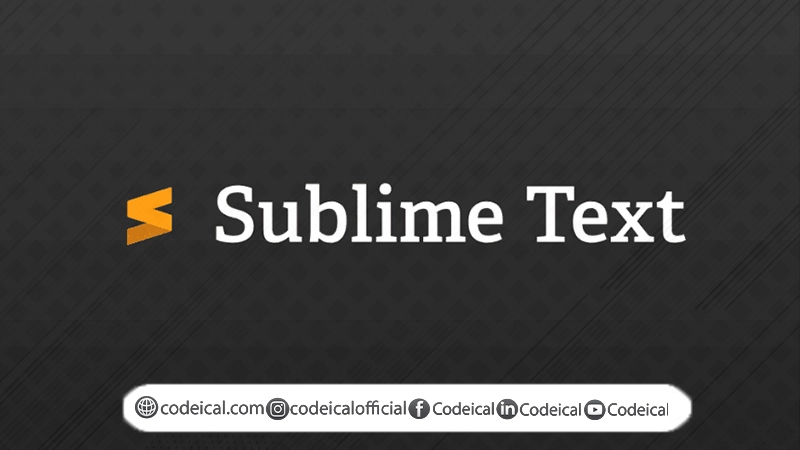
Additionally, Sublime Text supports multiple selections and split editing, enabling developers to work on multiple sections of code simultaneously. This feature proves invaluable for tasks that involve refactoring or modifying similar code elements across the project, saving time and effort in the process. CLICK HERE to view Sublime Text
In conclusion, Sublime Text stands as a favorite among web developers due to its powerful features, versatility, and customizability. Its ability to accommodate various coding tasks, combined with a minimalist interface and smooth performance, makes it a top choice for developers seeking an efficient and enjoyable coding experience. By harnessing the full potential of Sublime Text, web developers can streamline their coding workflow and deliver high-quality, well-structured code for their web projects.
4. Visual Studio (VS) Code
Visual Studio Code, developed by Microsoft, has been steadily gaining popularity among web developers. This free and open-source code editor is compatible with Windows, macOS, and Linux operating systems, making it accessible to a wide range of developers.
Renowned for its power and versatility, Visual Studio Code caters to various development needs, making it an indispensable tool in the web development ecosystem. Developers can utilize it for diverse tasks, including writing code, editing HTML and CSS files, and debugging JavaScript code.
Its intuitive interface and extensive array of extensions enhance its appeal, allowing developers to customize their coding environment to suit their preferences and project requirements. Additionally, Visual Studio Code’s strong community support ensures that it is continuously enriched with new features and improvements.
With its seamless integration of Git and other version control systems, Visual Studio Code further streamlines the development workflow, enabling developers to collaborate effectively and manage code changes effortlessly.
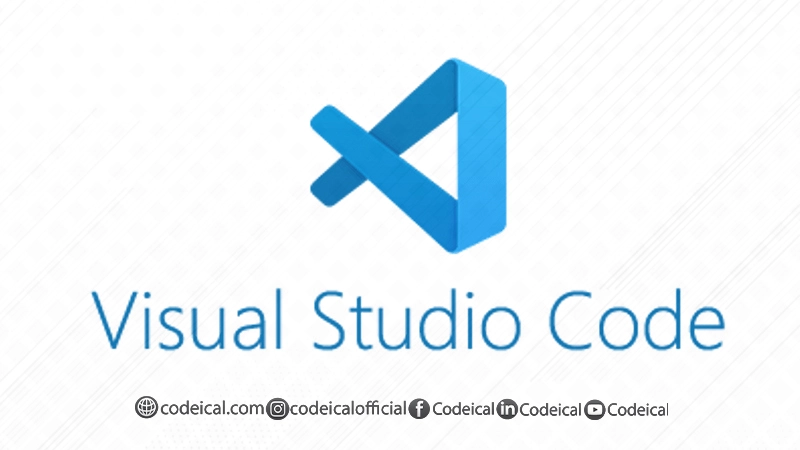
Moreover, its debugging capabilities simplify the process of identifying and resolving issues, empowering developers to deliver robust and error-free web applications. The editor’s real-time debugging and extensive debugging extensions facilitate a smoother development experience.
Furthermore, Visual Studio Code supports a wealth of programming languages, making it a versatile tool for developers who work with various technologies and frameworks. It’s intelligent code completion and rich language support contribute to faster and more accurate code creation.
In conclusion, Visual Studio Code has emerged as a powerhouse among code editors, captivating the web development community with its versatility, user-friendliness, and extensive feature set. Its seamless cross-platform compatibility and open-source nature further enhance its appeal, making it a top choice for web developers worldwide. As it continues to evolve and evolve, Visual Studio Code remains a valuable asset for optimizing web development workflows and crafting top-notch web applications.
5. Node Package Manager (npm)
npm, a widely used package manager for JavaScript, acts as a central repository housing an extensive collection of open-source JavaScript libraries and modules. These resources serve as invaluable building blocks that developers can readily integrate into their web applications, enhancing their functionality and efficiency.
For any web developer seeking to harness the power of JavaScript libraries and modules, npm stands as an essential tool in their toolkit. By leveraging npm’s vast library, developers can save valuable time and effort by utilizing existing solutions, rather than reinventing the wheel for common functionalities.

Moreover, npm simplifies the process of managing dependencies within a project, ensuring that all required packages are efficiently installed and updated. This streamlined dependency management process minimizes potential conflicts and compatibility issues, allowing developers to focus on building innovative features and improving the overall user experience.
With npm’s robust ecosystem, developers can explore and access a diverse range of libraries and modules, each serving specific purposes. Whether it’s for implementing UI components, managing data, or integrating powerful third-party tools, npm offers a wealth of options to cater to various project requirements.
In conclusion, npm emerges as an indispensable resource and tool for web developers looking to harness the vast potential of JavaScript libraries and modules. By tapping into this repository of open-source resources, developers can expedite their development process, create more feature-rich applications, and deliver seamless web experiences to their users. Embracing npm’s capabilities empowers developers to stay ahead in the dynamic world of web development, ensuring their projects remain cutting-edge and efficient.
6. Sass
Sass stands as a widely adopted CSS preprocessor, empowering web developers to write CSS code that is not only more concise and maintainable but also highly performant. This powerful tool introduces a plethora of features that contribute to optimizing CSS code and enhancing overall web development workflows.
One of the primary advantages of Sass is its support for variables, enabling developers to declare reusable values that can be utilized across the stylesheet. This enhances code consistency and makes it easier to update multiple instances of a value from a single point. Additionally, Sass facilitates the nesting of CSS rules, allowing developers to structure their stylesheets in a more organized and hierarchical manner, which improves code readability and maintainability.
Another noteworthy feature of Sass is the ability to create mixins, which are blocks of code that can be reused throughout the stylesheet. This promotes code reusability and reduces the likelihood of duplicating styles, resulting in a more streamlined and efficient codebase.

Moreover, Sass provides developers with powerful built-in functions and operators, allowing them to perform calculations, manipulate colors, and apply logical operations directly within the stylesheet. This versatility enables developers to create dynamic and responsive styles, adapting to various screen sizes and devices effortlessly.
By leveraging Sass’s features and capabilities, web developers can significantly improve their CSS development process, leading to cleaner, more organized, and performant stylesheets. As its popularity continues to soar within the industry, mastering Sass has become an essential skill for modern web developers, enabling them to deliver visually appealing and efficient websites that resonate with users and stand out in the digital landscape. Embracing this influential tool empowers developers to take their web development endeavors to new heights of creativity and excellence.
7. BootStrap
Bootstrap stands as a front-end framework renowned for furnishing an assortment of reusable components and templates, streamlining the rapid creation of responsive web pages. Its versatility and user-friendly nature make it an indispensable tool, enabling developers to construct web pages with optimal compatibility across different devices and screen sizes effortlessly.
Among web developers, Bootstrap enjoys widespread popularity, earning its place as a favored choice for numerous websites across various industries and domains. The framework’s ease of use and extensive collection of pre-designed elements contribute to its widespread adoption, ensuring that both seasoned developers and newcomers can leverage its capabilities to achieve remarkable results.
The comprehensive set of components and layout options provided by Bootstrap simplifies the process of web development, significantly reducing the time and effort required to create visually appealing and fully functional websites. By offering a solid foundation of standardized components, developers can concentrate on refining and customizing the appearance and functionalities of their web projects, while simultaneously ensuring a seamless user experience.
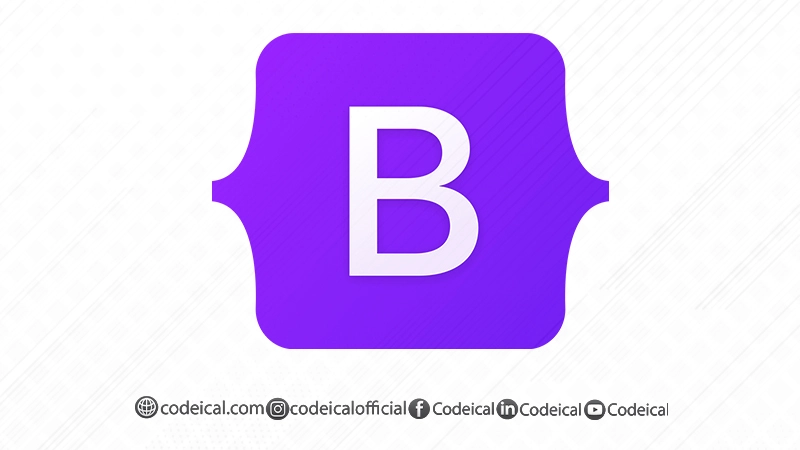
Furthermore, Bootstrap’s responsive design features ensure that websites built using this framework adapt gracefully to various screen sizes, including desktops, tablets, and smartphones. With a focus on mobile-first development, Bootstrap empowers developers to reach a broader audience by providing an optimized user experience across different devices.
In conclusion, Bootstrap stands tall as a widely acclaimed front-end framework, arming web developers with an arsenal of reusable components and templates for constructing responsive web pages with ease. Its extensive adoption across diverse websites attests to its versatility and effectiveness in streamlining the web development process. Embracing Bootstrap as a go-to tool empowers developers to create visually captivating, user-friendly, and responsive websites that leave a lasting impact on visitors.
8. React
React, a JavaScript library renowned for its capability in crafting user interfaces has garnered widespread popularity among web developers and is extensively employed across a diverse array of websites.
With its formidable potential, React empowers developers to construct intricate and interactive user interfaces, elevating the overall user experience. Its component-based architecture allows for the creation of reusable UI elements, streamlining development and facilitating the management of complex state changes.
React’s versatility and efficiency have contributed to its broad adoption, making it a top choice for developing cutting-edge web applications. Its ability to efficiently handle data updates and render changes with minimal DOM manipulation ensures optimal performance, even in dynamic and resource-intensive projects.
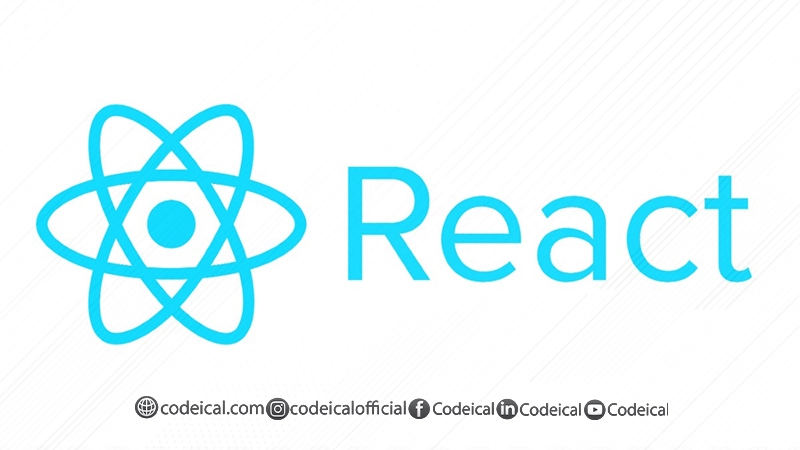
Furthermore, React’s robust ecosystem offers a plethora of additional libraries and tools that complement its functionalities, enriching the development process and expanding its application in various domains.
In conclusion, React stands as a potent and sought-after JavaScript library, empowering web developers to craft sophisticated and interactive user interfaces for a diverse range of websites. Its ability to streamline development, optimize performance, and deliver seamless user experiences has solidified its position as a cornerstone technology in the realm of modern web development. By harnessing the power of React, developers can create compelling and feature-rich web applications that captivate audiences and stand at the forefront of innovation in the digital landscape.
9. AngularJS
AngularJS stands as a robust JavaScript framework specially designed for constructing single-page applications. Its popularity among web developers is well-established, and its adoption spans a diverse array of websites, solidifying its status as a favored tool in the web development community.
Distinguished by its exceptional power and versatility, AngularJS empowers developers to create sophisticated and interactive single-page applications that offer seamless user experiences. Leveraging its advanced features and functionalities, developers can efficiently manage complex data interactions and effortlessly handle dynamic content updates without requiring page reloads.
The extensibility of AngularJS further enhances its appeal, allowing developers to integrate various third-party libraries and modules, thereby enriching the capabilities of their applications. As a result, AngularJS has emerged as a versatile and go-to framework for addressing the diverse requirements of modern web development.

Incorporating AngularJS into web development projects offers numerous advantages, including enhanced code organization, simplified data binding, and the promotion of test-driven development practices. Its declarative approach to building user interfaces streamlines the development process, enabling developers to focus on creativity and functionality.
With a thriving community and active support from Google, AngularJS continues to evolve, introducing improvements and updates that cater to the ever-changing demands of the web development landscape. This dedication to constant refinement ensures that AngularJS remains a compelling choice for developers seeking to create high-performing and interactive single-page applications.
In conclusion, AngularJS is a powerful and widely embraced JavaScript framework, enabling developers to craft complex and engaging single-page applications. With its versatility, extensibility, and community-driven development, AngularJS remains at the forefront of modern web development, empowering developers to push the boundaries of web application experiences. By incorporating AngularJS into their projects, developers can unlock a wealth of possibilities and deliver web applications that captivate users and drive business success.
10. Vue.js
Vue.js stands as a prominent JavaScript framework exclusively crafted for constructing dynamic and interactive user interfaces. With its widespread adoption and acclaim among web developers, it has emerged as a highly favored tool employed by a diverse range of websites.
Notably, Vue.js distinguishes itself with its lightweight design, providing developers with a powerful yet agile framework to create intricate and immersive user interfaces. By seamlessly handling data binding and component-based architecture, Vue.js streamlines the development process, allowing developers to build sophisticated web applications efficiently.
Thanks to its versatility, Vue.js caters to a broad spectrum of projects, spanning from small-scale interactive elements to full-fledged single-page applications. It’s adaptability and user-friendly syntax make it an ideal choice for web developers seeking to deliver seamless user experiences across different devices and platforms.
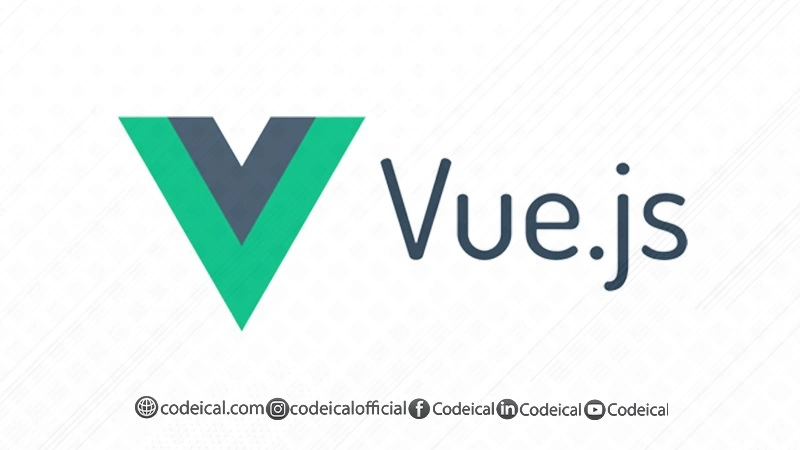
Furthermore, Vue.js’s growing community and robust ecosystem contribute to its widespread adoption, ensuring a steady influx of plugins, extensions, and resources that further enhance its capabilities and ease of integration.
In conclusion, Vue.js has solidified its position as a top-tier JavaScript framework for crafting captivating and interactive user interfaces. As it continues to gain momentum in the web development landscape, web developers are increasingly drawn to its lightweight yet powerful features, making it an integral part of modern web development tools. By leveraging Vue.js, developers can embark on an innovative journey to create engaging and feature-rich user interfaces that captivate audiences and elevate the overall web browsing experience.
Conclusion
In the dynamic realm of web development, the above-mentioned web development tools and frameworks represent merely a glimpse of the essential arsenal you should acquaint yourself within 2023. These powerful resources and web development tools serve as catalysts, enabling you to construct websites with enhanced speed, efficiency, and security, ensuring a seamless user experience.
Of course, the world of coding boasts a plethora of other remarkable web development tools and frameworks waiting to be explored. The quest to discover the perfect toolkit tailored to your specific needs is an exciting journey. Embracing a spirit of experimentation will lead you to uncover hidden gems and novel solutions that resonate with your development style.
We sincerely hope that this article has proven invaluable in your pursuit of web development tools excellence. Should you have any queries or seek further clarifications, we warmly encourage you to engage with us by leaving your comments below. We look forward to assisting you in your path to mastering the art of web development and creating exceptional online experiences for users across the digital landscape by our described web development tools. There are many more web development tools too but the above mentioned are most used
I hope it would now be clear about the above mentioned web development tools If you want to Begin Web Development Projects this weekend CLICK HERE

